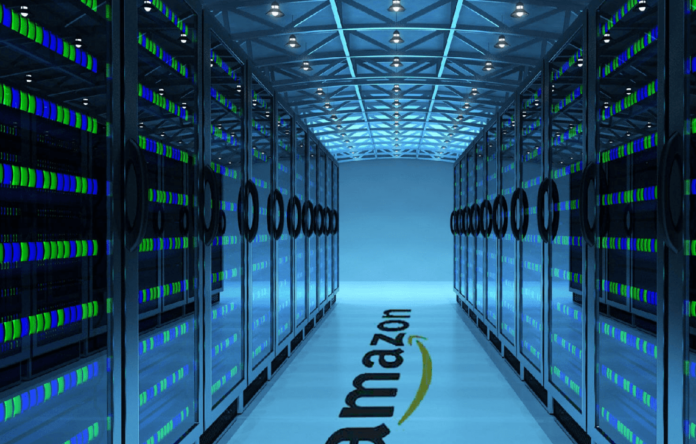I have been using Amazon Web Services for nearly one year and I can not praise it highly enough. I would however say that it isn’t particularly easy to get started. AWS uses a lot of their own jargon which can be intimidating for beginners. This article aims to be a translation guide so that you can discover the services that they offer. I will be writing a number of articles and videos on AWS and how to get started. This a breakdown of all their services:
EC2 – Virtual Private Servers
- Similar to standard VPS’s and are called instances
- Available in a variety of sizes (613MB to 64GB of RAM)
- All major operating systems supported
- Pay per hour
S3 – Cloud Storage
- Highly scalable (some companies have PBs of data)
- Highly available – data is stored in multiple data centers
- Pay per GB of storage and data transfer
RDS – Relational Database
- MySQL, SQL and Oracle databases
- Variety of sizes
- High availability available for an extra cost
- Read replication
- Scheduled backups
- Pay per hour and per GB of storage
Route 53 – DNS
- High availability
- Works well with other AWS services
- Fast and secure
- Pay per zone and million queries
CloudFront – Content Delivery Network
- Uses a number of global edge locations
- Fast
- Pay per GB of data transfer (prices vary on the region)
Glacier – Data Archiving
- Store data for a prolong period of time (years)
- Very cheap
- Data retrieval takes a few hours
DynamoDB – NoSQL Database
- High availability
- Data stored on SSDs for speed
- Pay for number of read/writes per second
ElastiCache – Memcache
- Cache database results
- Available in a variety of sizes
- Pay per hour
I hope that you now have some idea of the range of services that AWS has to offer. The services mentioned in this post are only some of the main ones and AWS has much much more to offer.
Leave a comment below with what services you use or are interested in using.








